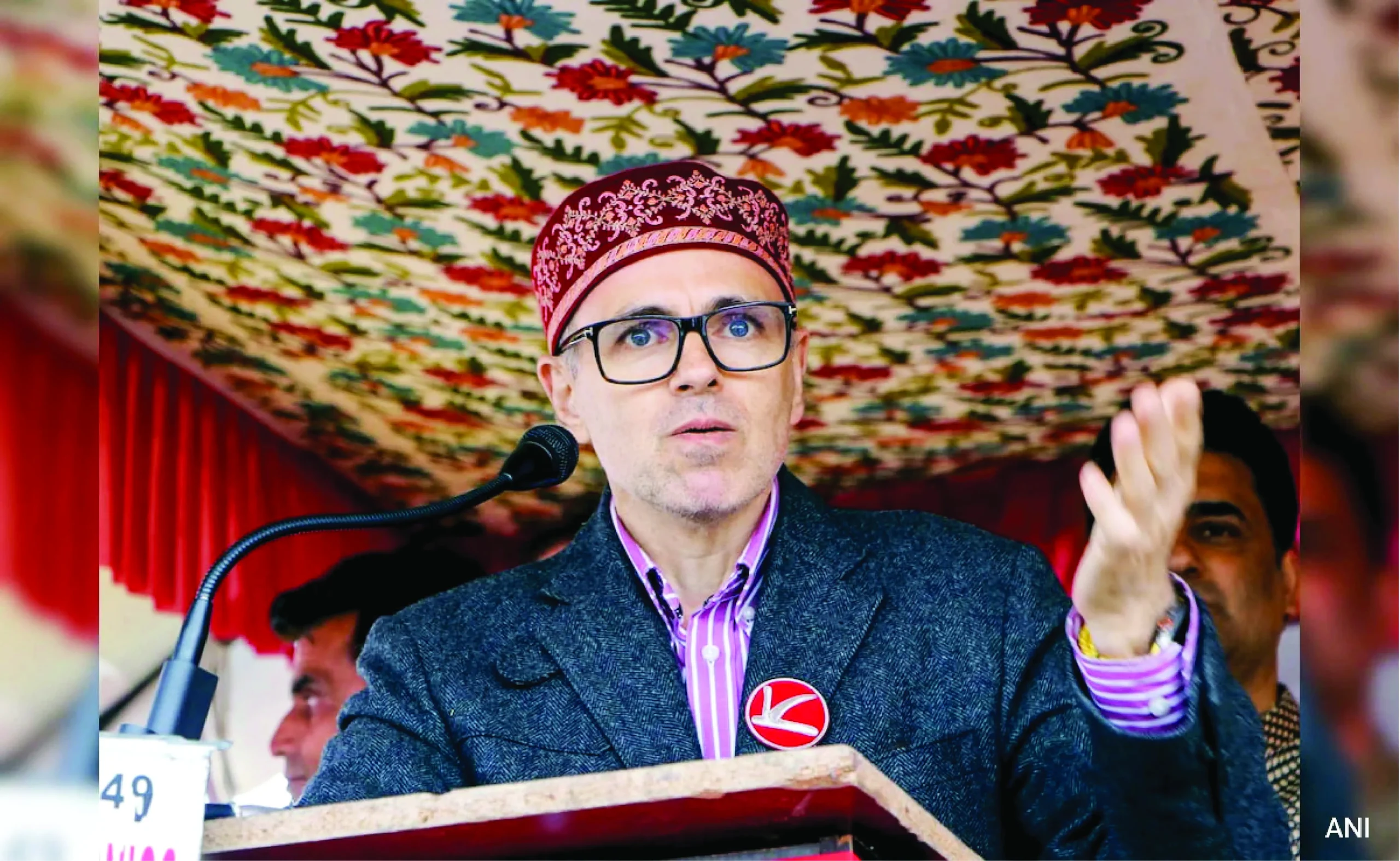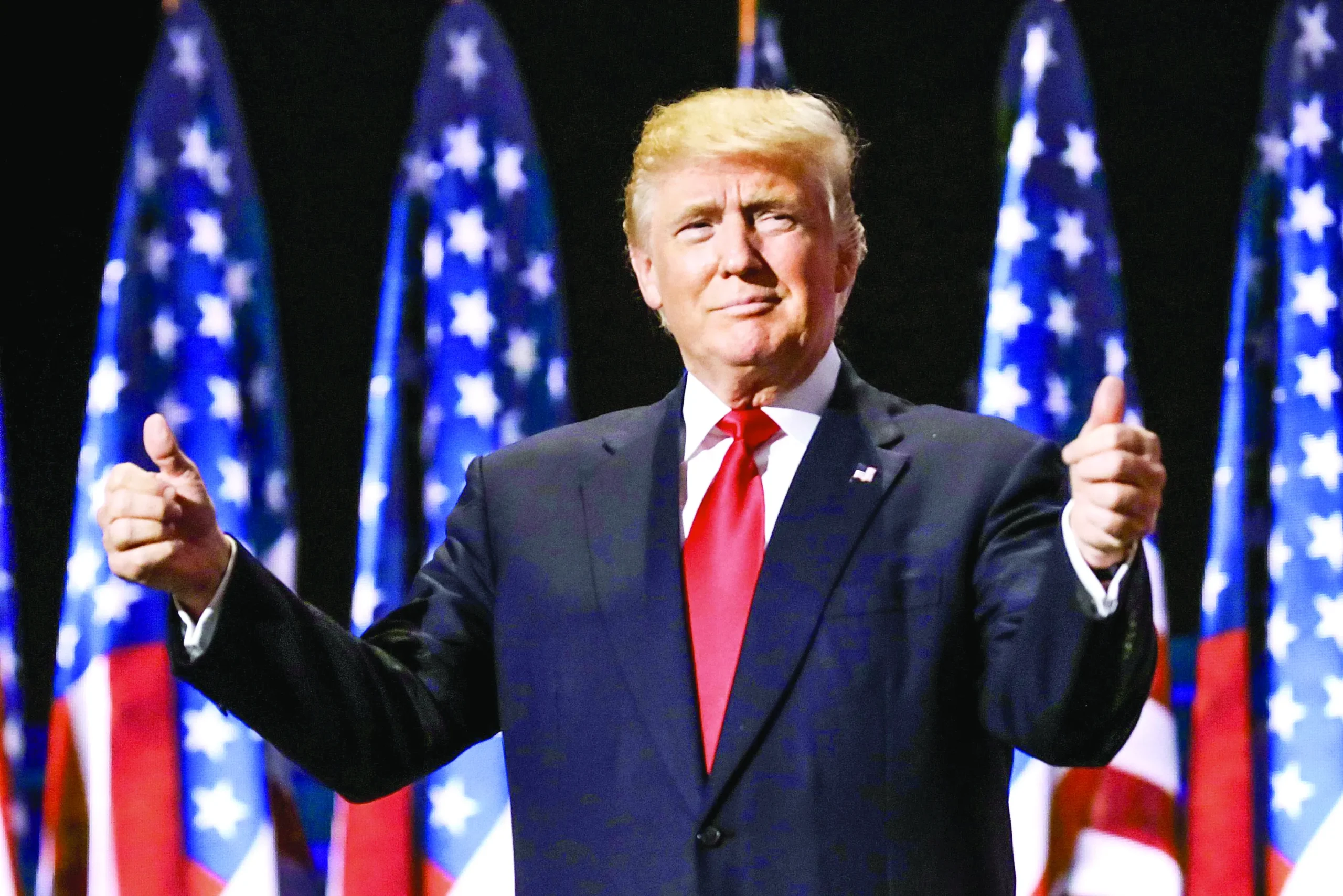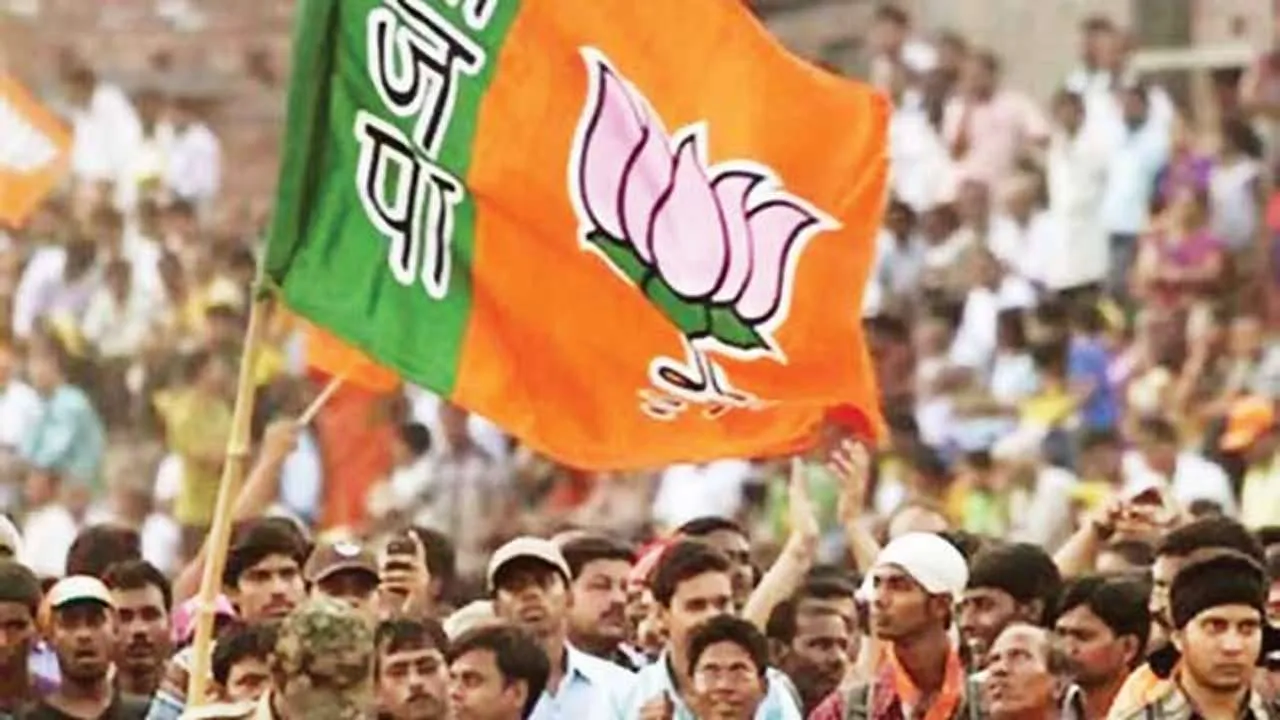The recently presented Interim Union Budget for the fiscal year 2024–25 stands as a comprehensive and forward-looking document, underscoring the PM Modi-led government’s commitment to steering India through a trajectory of economic prosperity and inclusive development.
One of the standout features of the budget is the substantial 11.1% increase in the capital expenditure outlay, reaching an impressive Rs 11,11,111 crore, constituting 3.4% of the GDP. This announcement comes on the heels of a remarkable tripling of the capital expenditure outlay over the past four years, highlighting a strategic and calculated effort to spur economic growth and foster job creation.
The economic indicators embedded in the budget are promising. With India’s real GDP projected to grow at 7.3% in FY 2023–24, aligning with the RBI’s revised growth projections, the country showcases resilience amidst global economic challenges. The International Monetary Fund’s positive revision of growth projections for India further underscores the increasing global confidence in India’s economic prowess.
India’s anticipated ascent to become the third-largest economy by 2027, coupled with its estimated contribution to global growth rising by 200 basis points in five years, positions the country as a key player on the global economic stage. Projections from various international agencies, including the World Bank, the IMF, OECD, and ADB, further solidify India’s growth potential between 6.1% and 6.7% in 2024–25.
Buoyed by robust economic activity, the budget notes a significant milestone—the seventh occasion where gross GST revenues crossed the benchmark of Rs 1.6 lakh crore, standing at Rs 1.65 lakh crore in December 2023. This economic buoyancy is reflected positively on revenue collections and points towards strong growth momentum and formalisation in the economy.
The budget’s estimates for the fiscal year 2024–25 indicate a well-balanced approach, with total receipts other than borrowings and total expenditure estimated at Rs 30.80 and Rs 47.66 lakh crore, respectively. Tax receipts are anticipated to reach Rs 26.02 lakh crore, showcasing a pragmatic fiscal framework.
A notable announcement is the continuation of the fifty-year interest-free loan for capital expenditure to states, with a total outlay of Rs 1.3 lakh crore. This move aligns with the government’s vision of ‘Viksit Bharat’ and supports milestone-linked reforms by state governments.
While maintaining a fiscal consolidation path, the budget outlines a commitment to reduce the fiscal deficit below 4.5% by 2025–26, with the estimated fiscal deficit for 2024–25 at 5.1% of GDP. The gross and net market borrowings are estimated at Rs 14.13 and 11.75 lakh crore, respectively, both lower than the previous fiscal year.
The government’s approach to development is laudable, transcending earlier models of ‘provisioning up-to-village level’ to a more comprehensive, all-encompassing paradigm. The focus on four major segments—’Garib’ (poor), ‘Mahilayen’ (women), ‘Yuva’ (youth), and ‘Annadata’ (farmer)—indicates a commitment to addressing the diverse needs, aspirations, and welfare of the population.
The Interim Budget recognises the pivotal role of women in nation-building, with initiatives like Mudra Yojana loans for women entrepreneurs, increased female enrollment in higher education, and significant representation in STEM courses. Momentum for ‘Nari Shakti’ is evident, reflecting a commitment to gender equality and women’s empowerment.
The budget also emphasises social justice, highlighting the government’s efforts to uplift the marginalised through schemes like PM-SVANidhi, PM-KISAN SAMMAN Yojana, and PM-JANMAN Yojana. It is heartening to see the focus on multi-dimensional poverty reduction and financial inclusion, with DBT of Rs 34 lakh crore using PM-Jan Dhan accounts leading to substantial savings for the government.
The roadmap for ‘Viksit Bharat’ includes substantial provisions for agriculture and food processing, infrastructure development, railways, aviation, green energy initiatives, and tourism sector promotion. The commitment to attracting foreign investments, exemplified by the FDI inflow reaching USD 596 billion during 2014–23, underscores India’s attractiveness as an investment destination.
The Interim Union Budget for 2024–25 is not just a financial plan; it is a roadmap for a resilient, inclusive, and vibrant India. The commitment to national development, social justice, and sustainable growth is evident in every aspect of the budget. As the country stands at the threshold of immense possibilities and opportunities, this budget sets the tone for a ‘KartavyaKaal’—a period of responsibility and commitment towards building a stronger, more prosperous India. Every challenge is seen as an opportunity, and with a visionary approach, the government pledges to present a detailed roadmap for the pursuit of ‘Viksit Bharat’ in the upcoming full budget in July.
Dr Anil Agrawal is Member of Parliament, Rajya Sabha























